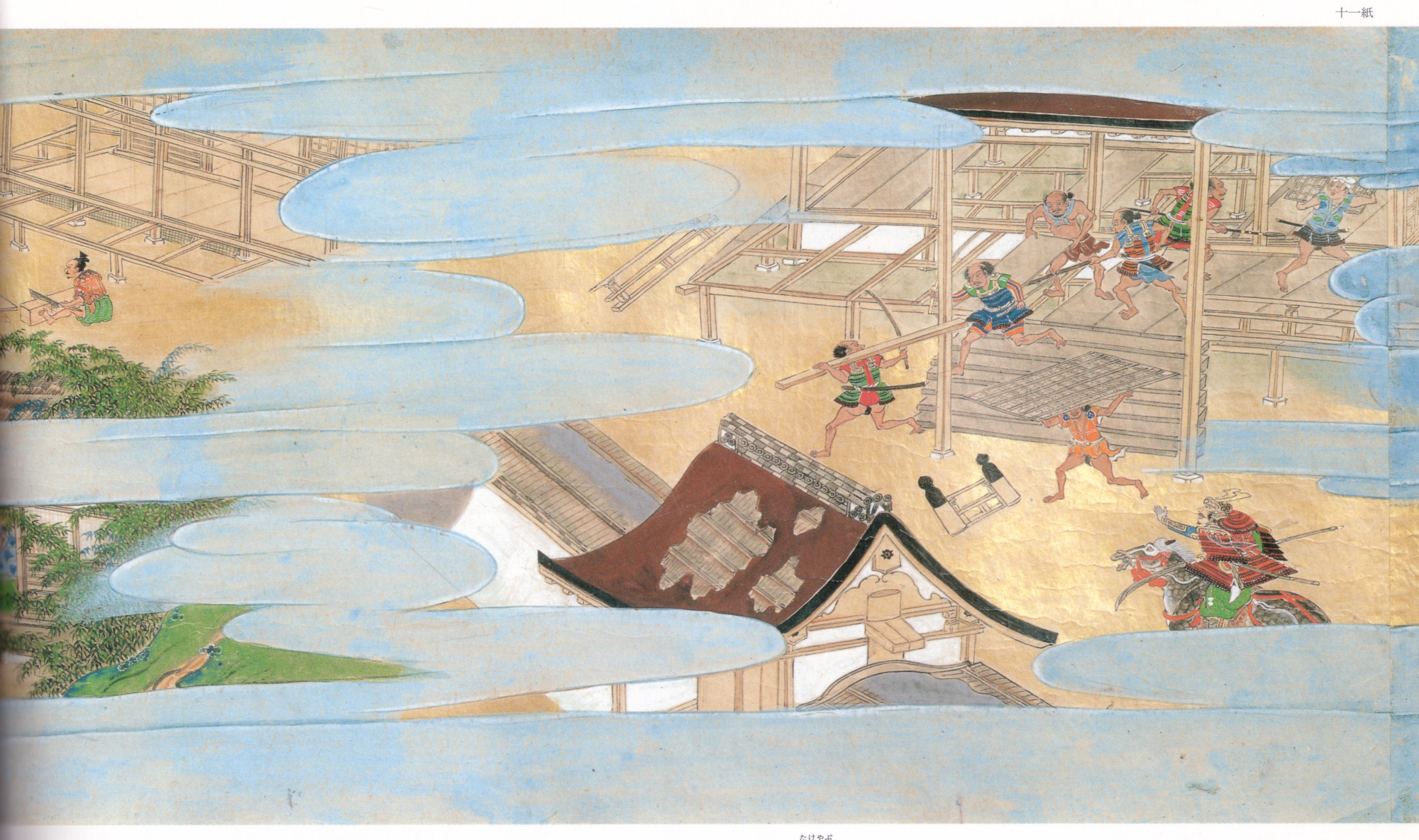"The daimyo do as they please," wrote the ex-shogun to his son in 1482, "and do not follow orders. That means there can be no government."
There was no government. Donald Keene, the late eminent Japanologist, cites the letter, and surveys the wreckage, in "Yoshimasa and the Silver Pavilion: The Creation of the Soul of Japan."
It was chaos. It was hell. Kyoto, the ancient capital, was a smoldering ruin. From there, the conflagration spread, warlord fighting warlord, warrior slaughtering warrior. They fought for territory, for glory, for supremacy, for nothing, out of habit for over 130 years, a span known as Sengoku Jidai (Warring States c. 1467-1603), the age of the country at war. In its fires was forged the unified Japan that would at last become visible around 1590 — but that was a long way off when ex-shogun Ashikaga Yoshimasa wrote to his son in 1482.


















With your current subscription plan you can comment on stories. However, before writing your first comment, please create a display name in the Profile section of your subscriber account page.